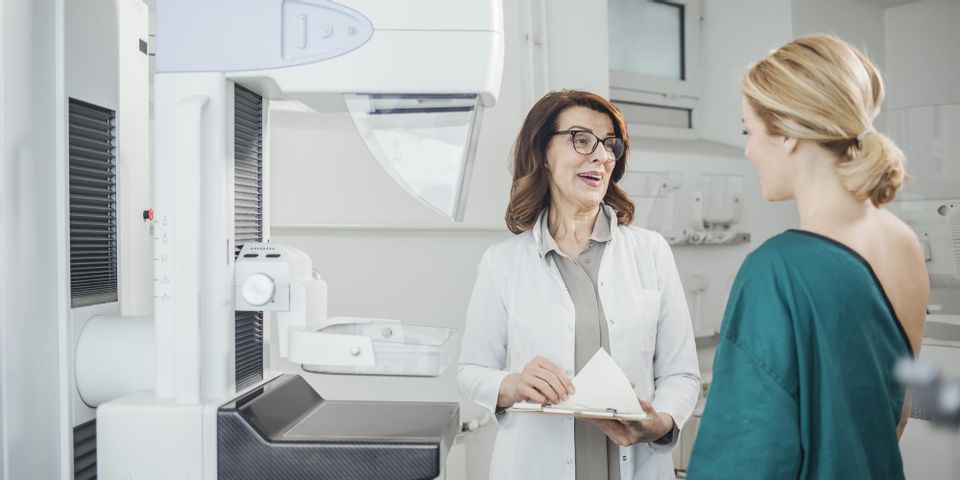
A mammogram is one of the most reliable diagnostic tools used to detect breast cancer. It involves taking X-ray images of the breast, allowing doctors to closely inspect changes in the tissue that can’t always be felt during a clinical exam. While it’s a routine procedure, many women are unsure what to expect when having it done for the first time. Here are a few important aspects to know about the screening.
A Guide to Mammograms
What will a mammogram tell my doctor?
Doctors use mammograms to look for irregularities in the breast tissue, like lumps or calcifications. The images from digital mammograms can be lightened, darkened, and enlarged to study the size, shape, and edges of a growth, as well as the density of the tissue. An abnormal screening doesn’t always mean there’s breast cancer, but it tells the doctor that additional tests need to be done to determine an accurate diagnosis.
When should I start getting mammograms?
 Women between 40- to 44-years-old can begin getting mammogram screenings, but the typical starting age is 45. However, women with a family history of breast cancer should talk to their healthcare provider about getting mammograms at a younger age.
Women between 40- to 44-years-old can begin getting mammogram screenings, but the typical starting age is 45. However, women with a family history of breast cancer should talk to their healthcare provider about getting mammograms at a younger age.
How do I prepare for the exam?
If possible, avoid scheduling a mammogram during the week before menstruation—the best time is one week after to reduce discomfort from swollen or tender breasts. Don’t wear lotion, deodorant, or talcum powder under the arms or in the breast area on the day of the screening because they’ll appear as calcium spots on the images. You should also be ready to describe any problems you’re experiencing in the area.
How is the screening performed?
Your breasts will be positioned on a special platform and compressed between two plastic plates. Then, two X-ray images are taken: one with a top-to-bottom view and another with an angled side view. Try to hold still, so the image doesn’t blur. While it isn’t typically considered a painful procedure, some women with sensitive breasts may feel discomfort.
If your mammogram showed signs of an abnormality, your doctor might suggest additional testing at Alaska Oncology and Hematology, LLC, in Anchorage. Since not every lump or calcification indicates breast cancer, these professionals will perform several tests, like a biopsy or additional screenings, to determine if it’s benign. Get more information about their services online, or call (907) 279-3155 to schedule an appointment.
About the Business
Have a question? Ask the experts!
Send your question

